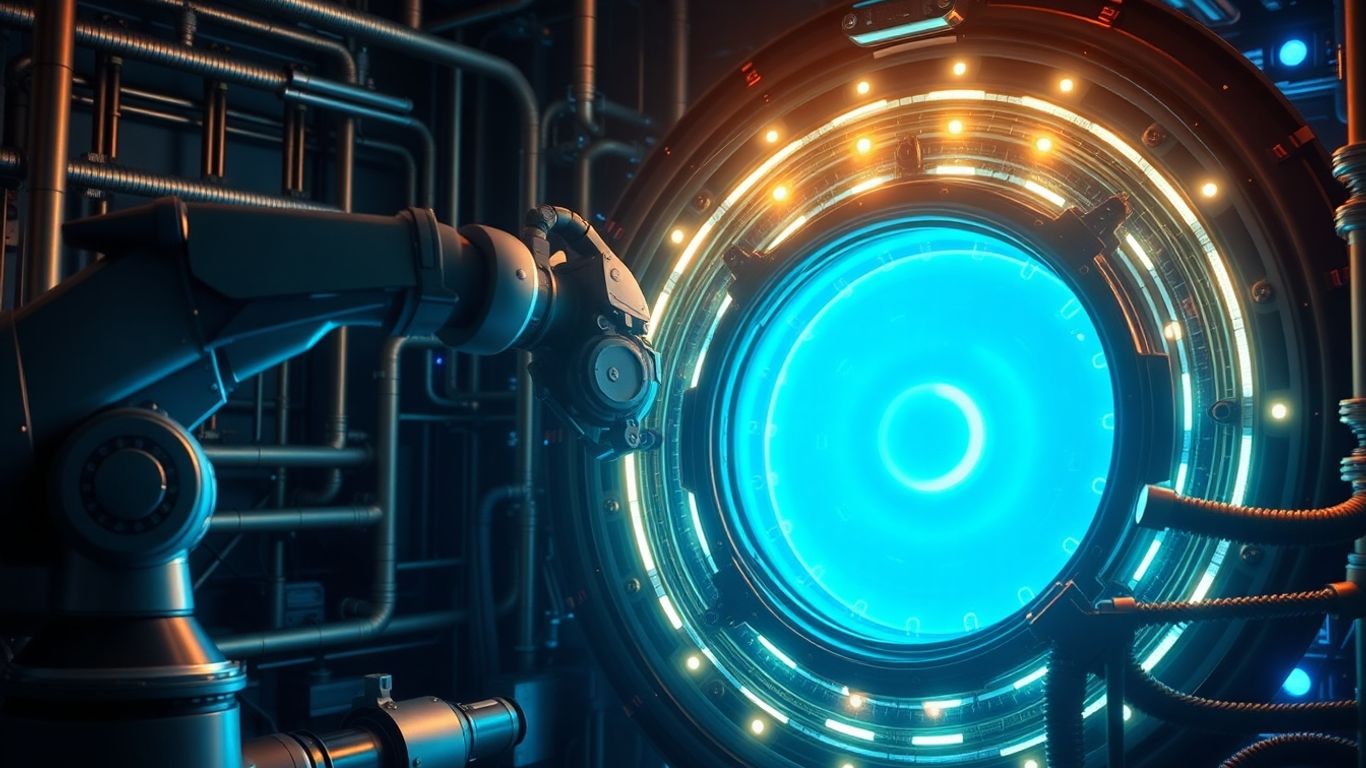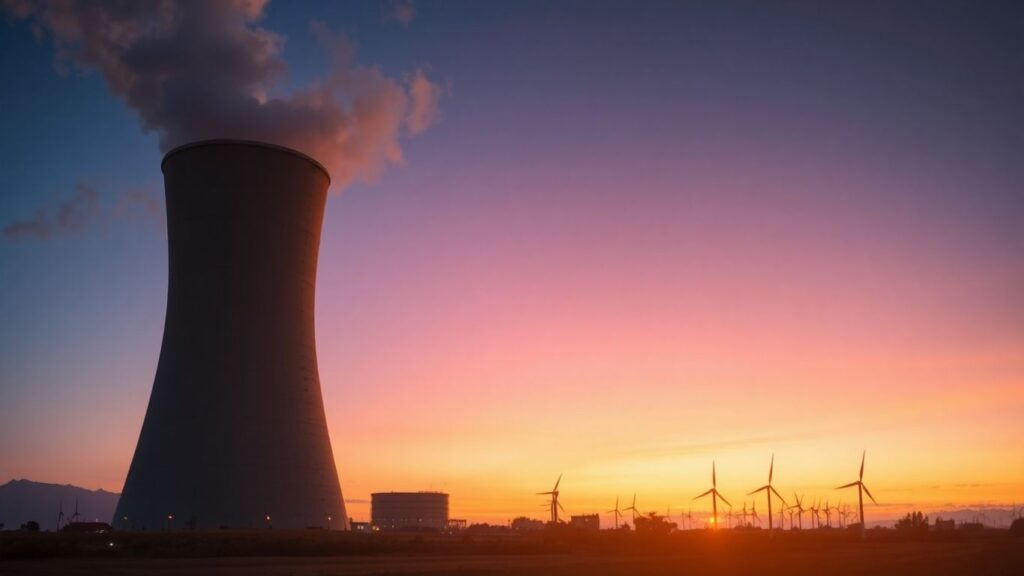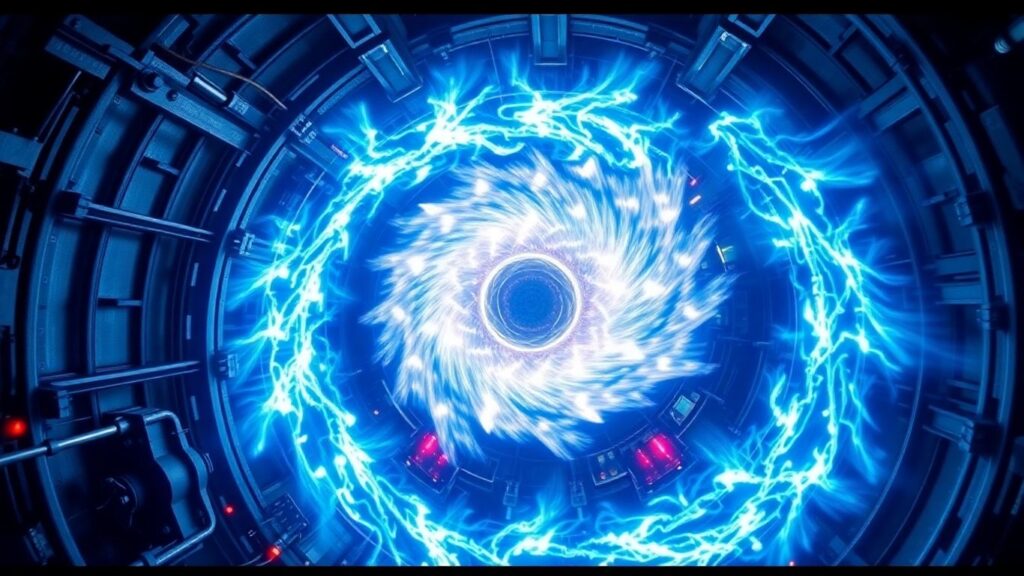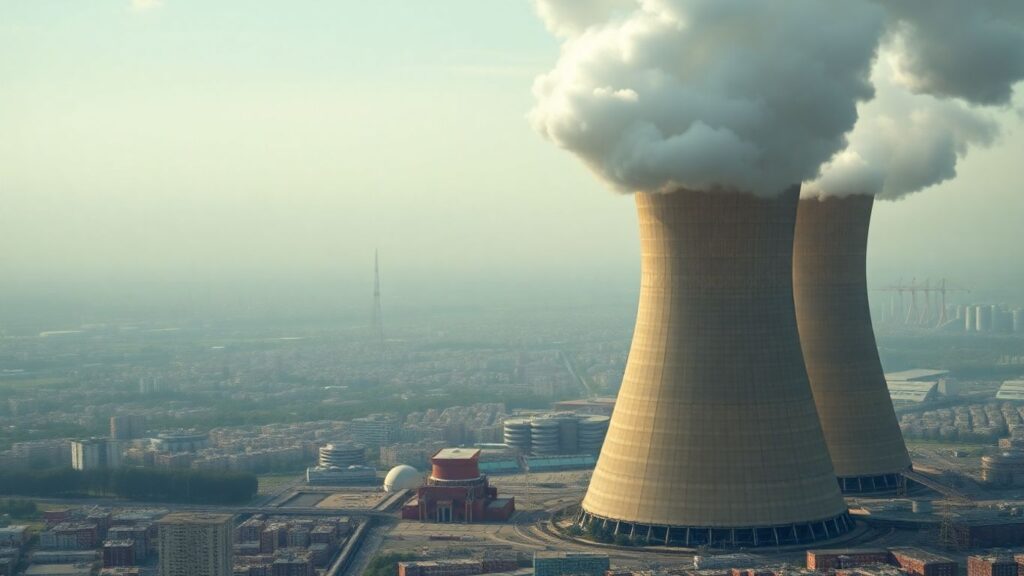China has achieved a significant breakthrough in nuclear energy by successfully powering up and refueling its experimental thorium molten salt reactor (MSR) while it was still operational. This pioneering feat, accomplished in the Gobi Desert, marks a critical step in advancing nuclear technology, positioning China at the forefront of a potentially safer and cleaner energy future.
Key Takeaways
- China has successfully operated and refueled the world’s first thorium molten salt reactor (MSR) without shutting it down.
- This technology utilizes thorium, a more abundant and less waste-producing alternative to uranium.
- The reactor design offers enhanced safety features compared to traditional uranium-based reactors.
- China is planning larger-scale thorium reactors, with a 10-megawatt version under construction.
A Leap Forward in Nuclear Technology
China’s experimental thorium MSR represents a departure from conventional nuclear power. Unlike uranium reactors that use solid fuel rods, this design dissolves thorium into molten salt. This salt acts as both the fuel carrier and coolant, significantly reducing the risk of meltdowns. In the event of a leak, the molten fuel would solidify, preventing catastrophic failures. The system operates at atmospheric pressure, allowing for smaller containment structures and lower operational risks.
The Thorium Advantage
Thorium, a naturally occurring element, is significantly more abundant than uranium and produces less long-lived radioactive waste. Crucially, it is not suitable for weapons proliferation, enhancing global security. China’s vast thorium reserves, particularly in Inner Mongolia, are estimated to be sufficient to power the country for tens of thousands of years. This discovery positions thorium as a key player in the global transition to clean energy.
From Research to Reality
While thorium reactors have been explored since the mid-20th century, they were largely abandoned in favor of uranium due to Cold War-era military applications. China’s progress builds upon declassified U.S. research, with scientists at the Shanghai Institute of Applied Physics pushing the technology forward. The experimental reactor, producing 2 megawatts of thermal output, has proven the concept’s viability, with a 10-megawatt version slated for completion by 2030.
Global Implications and Future Prospects
This achievement places China ahead in the global race for thorium-based nuclear energy. While other nations like India and Norway are also investing in thorium research, China’s successful live refueling demonstrates a significant technological lead. The potential for scaling these reactors globally could offer a stable, clean energy source to complement intermittent renewables like solar and wind. However, challenges remain in scaling up production, managing fuel processing, and navigating regulatory frameworks. The success of China’s thorium MSR could herald a new era of nuclear power, offering a cleaner, safer, and more sustainable energy future.
Sources
- China Just Powered Up the World’s First Thorium Reactor — and Reloaded It Mid-Run, ZME Science.
- China sets launch date for world’s first thorium molten salt nuclear power station, South China Morning Post.
- Gravity Batteries, Green Hydrogen, and a Thorium Reactor for China, IEEE Spectrum.
- China’s 60,000-Year Power Solution 2025, Discovery Alert.
- China’s TMSR-LF1 Molten Salt Thorium Reactor Begins Live Refueling Operations, Hackaday.












